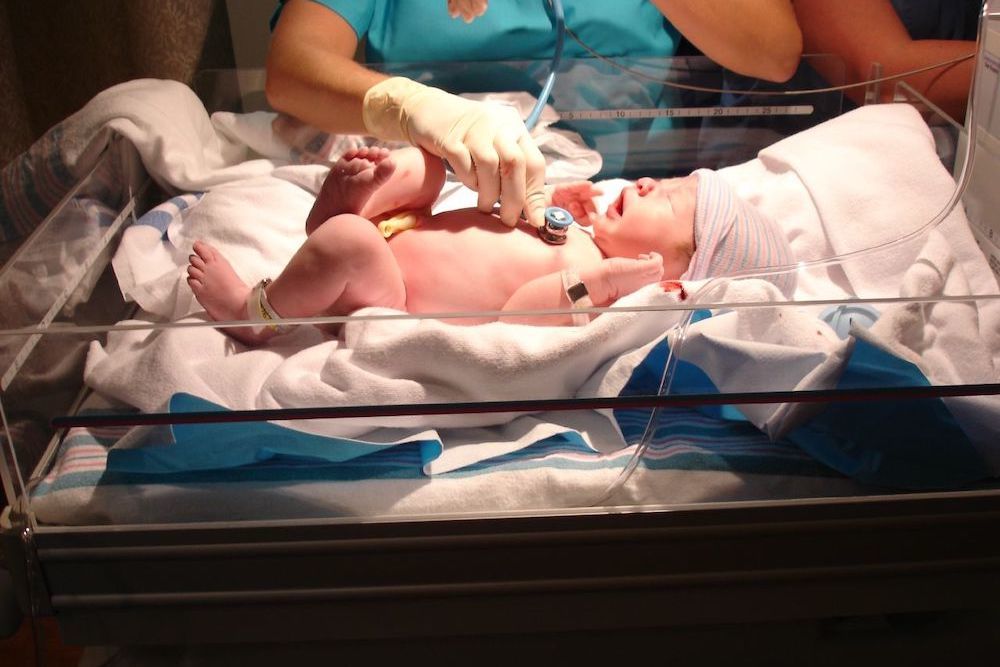Wikimedia Commons, Melimama
Wikimedia Commons, Melimama
Minnesota’s population growth in the 2020s, at 5 percent, will be lower than the growth of the U.S. population as a whole, which is expected to be 6.6 percent, according to the Star Tribune.
The growth slowdown raises questions, not only for future government budgets but also for future economic growth, State Demographer Susan Brower told the Star Tribune. When population rises are not helping the economy to grow, politicians turn to other means to foster wealth, like work productivity.
A widening gap between numbers of job vacancies and unemployed people has been blamed for difficulties in hiring at factories, schools, restaurants and hospitals, the Star Tribune reported. Lower numbers of people working may mean delays for businesses.
Behind the expected low growth are anticipated deaths among the sizable population of baby boomers this decade. Even so, Americans ages 65 and up will outnumber people 18 years of age and under by 2034. Baby boomer retirements will help spur a change in the working-age population, according to Brower’s predictions.
Geography has in the past kept Minnesota’s population growth thinner than in other states. For example, the cold weather makes it an unappealing place to move to, Brower said. Its distance from national borders also discourages immigrants from joining the state’s population. Population growth was highest in Nevada and Idaho from July 2017 to July 2018, according to a Twitter post by the U.S. Census Bureau.
Rises in the number of people in Minnesota through the 2020s will fall shy of rises seen in prior decades. Minnesota’s population grew 7.2 percent during the 2010s. The growth level is lower than the lowest recorded population growth level, which in the 1940s fell to 6.8 percent.
Growth rates will slow unevenly across the state. Urban areas alone will grow more than the state average, for example in the counties of Twin Cities, Fargo-Moorhead and Rochester. Out of all Minnesota’s 87 counties, a total of 50 will see a decline in population by 2030, Brower said.

 Alerts Sign-up
Alerts Sign-up